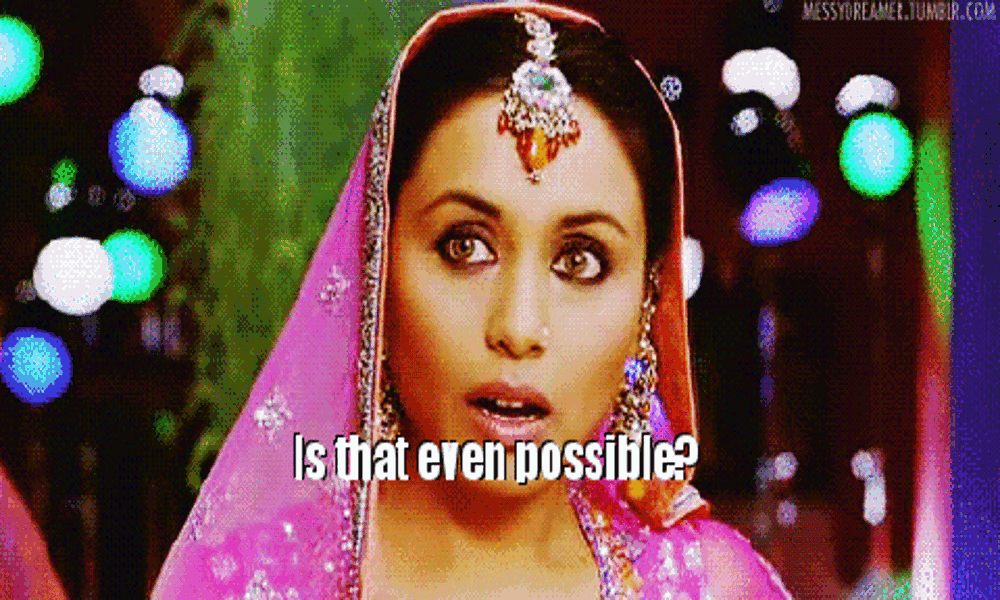It’s the first day of school, and you’ve come to the dreaded moment. If your name isn’t Mike or Sarah, you know what’s in store for you. Can we just skip this part, and start the class?
“Is there a, hold on a second, is there a — wait, I can’t pronounce this name. Is there someone here whose first name starts with a T and last name starts with an A?”
You raise your hand or nod your head to share that, yes, that’s you.
The teacher looks at you, a little confused, looks down at the list, more confused, and says, “I can’t pronounce this.”
You sit there, silently, while the people around you (except the others in the same boat) laugh to themselves, wondering why your parents would put you through that. Their parents didn’t.
You tell the teacher how your name’s pronounced, careful not to let a judgmental tone creep in.
The teacher glares while saying, “I can’t say that. No way.”
You shrug.
“Ok, but like, how do you really say it? Or, how about this … Is there, uh, another way that’s easier?”
You tell them, sure, there’s an Americanized way. You say it for the teacher and your classmates, sloooowly. Some of them imitate you. Others just stare at you, dully.
The teacher looks confused again.
“Are you sure?”
At this point, you sort of feel like this is a waste of time, and you tell the teacher you don’t really care how it’s pronounced.
“But,” the teacher asks, “how can you not care? It’s your name; it’s what you were born with! How can you not care?”
At this moment, you just about want to fall into the earth. You do love your name and its meaning. You love that it’s a name that sets you apart, and in fact, it’s a name that fits into multiple cultures (just, apparently, not this one). But people around you haven’t stopped laughing. The teacher, thoroughly perplexed, either ignores or doesn’t notice the laughter in his or her confusion over how to pronounce your name, and entreats you to just “please, say it again.”
So you do, again.
“But,” the teacher insists, “that’s not how you really say it right? How do your parents say it?”
The question they all ask, but don’t really want the answer to.
You try anyway.
Once again, you share the pronunciation that was given to you by your parents, the one you like the best. Again, you say it really slowly.
“I just – I can’t do it. Sorry. Who’s next?”





